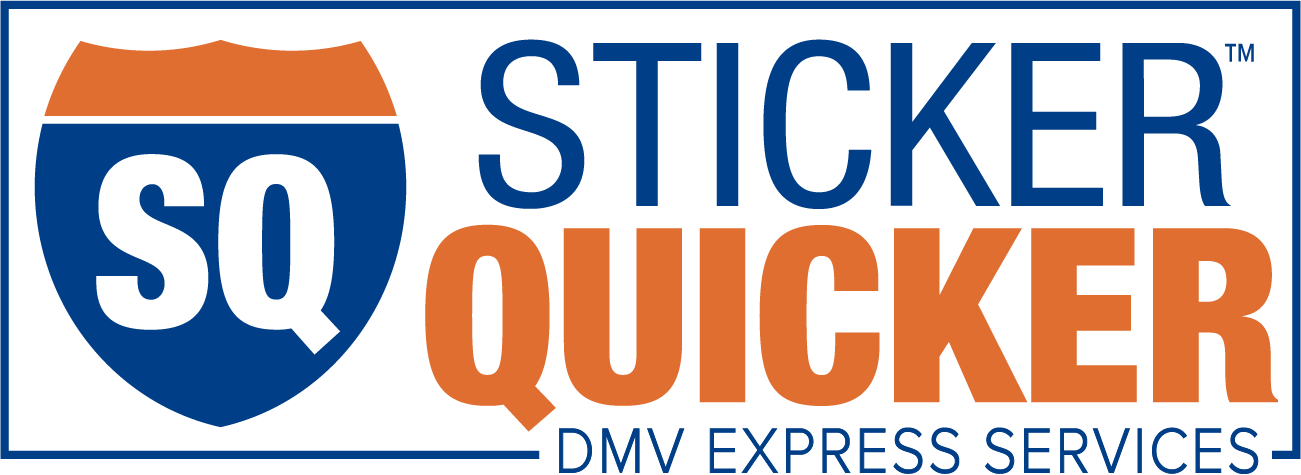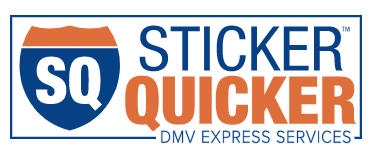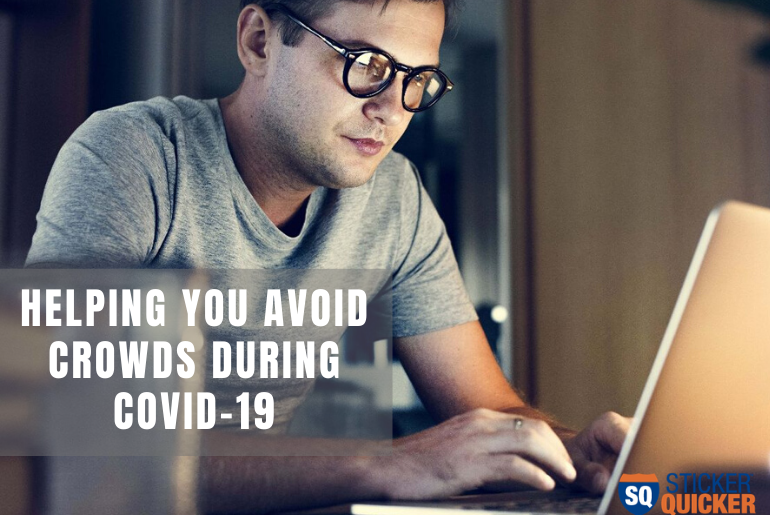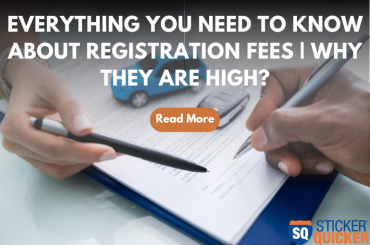The novel COVID-19 virus, also known as Coronavirus, has hit the United States with full force. Like you, we’re monitoring the latest news about it. That’s why we’re doing all we can to make sure you’re safe, cautious, and avoid crowds. We have drafted this blog post so you can learn more about the virus, stay informed, and see how our services can help with social distancing.
What is COVID-19, also known as the Coronavirus
According to the Center for Disease Control (CDC), the COVID-19 or Coronavirus is a new respiratory disease that was first detected in China and which has now been detected in more than 100 locations internationally, including the United States. The virus has been named “SARS-CoV-2,” and the disease it causes has been called “coronavirus disease 2019” (abbreviated “COVID-19”). The COVID-19 has now become a global pandemic.
Severity
Illnesses from the COVID-19 have ranged from very mild (including some with no reported symptoms) to severe, including illness resulting in death. While information so far suggests that most COVID-19 illness is mild, a report out of China suggests serious illness occurs in 16% of cases.
Some people are at higher risk of getting very sick from this illness. This includes:
- Older adults, with risk increasing by age.
- People who have serious chronic medical conditions like:
- Heart disease
- Diabetes
- Lung disease
COVID-19 Now a Pandemic
On March 11, the COVID-19 outbreak was characterized as a pandemic by the World Health Organization (WHO). A pandemic is a global outbreak of disease. Pandemics happen when a new virus emerges to infect people and can spread between people rapidly.
The virus that causes COVID-19 is infecting people and spreading easily from person-to-person. Cases have been detected in most countries worldwide, and community spread is being discovered in a growing number of countries.
The Situation in the U.S.
Different parts of the country are seeing different levels of COVID-19 activity. So far, the U.S. has over 3,000 reported cases, with most cases being found in Washington state. More and more states are reporting cases of COVID-19 to CDC.
U.S. COVID-19 cases include:
- Imported cases in travelers
- Cases among close contacts of a known case
- Community-acquired cases where the source of the infection is unknown
- Three U.S. states are experiencing sustained community spread
The immediate risk of being exposed to this virus is still low for most Americans, but as the outbreak expands, that risk will increase.
- People in places where ongoing community spread of the virus that causes COVID-19 has been reported are at elevated risk of exposure, with the level of risk dependent on the location.
- Healthcare workers caring for patients with COVID-19 are at high risk of exposure.
- Close contacts of persons with COVID-19 also are at elevated risk of exposure.
- Travelers returning from affected international locations where community spread is occurring also are at elevated risk of exposure, with the level of risk dependent on where they traveled.
President Donald Trump has issued a travel ban on 26 European, as part of a contingency plan to tackle the coronavirus crisis. Non-Americans who have been in Europe in the last 14 days cannot travel into the US as of March 14. The ban first applied to all states except the UK, but the UK has now been included in the list as cases rise. The president has also declared a national emergency, freeing up to $50 billion in relief funds.
If you need more information, visit the Center for Disease Control (CDC) website.
COVID-19 in California
In California, nearly 200 people have tested positive for the virus and four people have died from coronavirus-related complications. The San Francisco Bay Area is one of the most affected areas, with over 100 confirmed cases.
The cases are as follows in the Bay Area:
- Alameda County: 7 cases
- Contra Costa County: 25 cases
- Marin County: 3 cases
- Napa County: 0 reported cases
- San Francisco County: 18 cases
- San Mateo County: 20 cases
- Santa Clara County: 66 cases, 1 death
- Solano County: 6 cases
- Sonoma County: 3 cases
An executive order has been made to remove the waiting period for unemployment and disability insurance for Californians who lose work as a result of the COVID-19 outbreak. Other orders include:
- Delays the deadline for state tax filing by 60 days for people and businesses who can’t file on time based on compliance with public health requirements related to COVID-19 filings;
- Directs residents to follow public health directives and guidance, which includes canceling or postponing non-essential gatherings that do not meet state criteria;
- Readies the state to commandeer property for temporary residences and medical facilities for quarantining, isolating or treating people;
- Allows local or state legislative bodies to hold meetings via teleconference and to make meetings accessible electronically
The CDC Recommends Avoiding Crowds
If you are at higher risk for serious illness from COVID-19 because of your age or because you have a serious long-term health problem, it is extra important for you to take action to reduce your risk of getting sick. You should avoid large gatherings, according to the CDC.
Gov. Gavin Newsom said that Californians should avoid large gatherings to slow the spread of COVID-19 and that these guidelines will likely extend past March. This includes sporting events, concerts, and smaller social gatherings where people can’t be at least 6 feet apart. Large social gathering spaces like Disneyland are closing. Non-essential gatherings must be limited to under 250 people through the end of March.
Because of this, non-essential retail stores like Apple are closing until March 27 to avoid large gatherings of more than 100 people and big tech companies all around the bay area are allowing employees to work from home. Big cities that are experiencing a high number of cases, like New York City, Boston, and Los Angeles are shuttering bars, restaurants, and theaters. In California, the governor has ordered nightclubs, breweries, and wineries to shut down.
Ways Sticker Quicker Can Help
As stated before, avoiding crowds is essential to keep the Coronavirus contained. We’re sure running your errand at the DMV is the last thing on your mind. We can help there. We want to make sure you’re safe, cautious and avoid the crowds. The DMV even encourages people to use online services to reduce COVID-19 spread. As of now, there will be no extensions on registration renewals and REAL ID deadlines have not yet been pushed. We’re here to help.
Sticker Quicker can take care of your DMV-related task from the comfort of your own home. We give you quick access to renew, transfer, or replace your vehicle registration, license plates, and stickers on the same day. We have simplified the DMV process to get your issue resolved in under 5 minutes. Have a suspended registration? We can help with that too. And the good thing is, we are the DMV’s option to save time and the hassle of long lines because we are DMV partners.
Sticker Quicker was founded on the principles of speed, accessibility, reliability, and accountability. Our modern technology platform was built from the ground up with the consumer in mind, allowing simple and quick DMV services from any web-enabled device. You can count on us at times like this.
In these trying times, we want everyone to stay safe and avoid crowds as much as they can. Visit stickerquicker.com to see how we can help you. We hope this article has given you more information on this pandemic and has made you realize you have options on how to avoid crowds. Stay safe!






